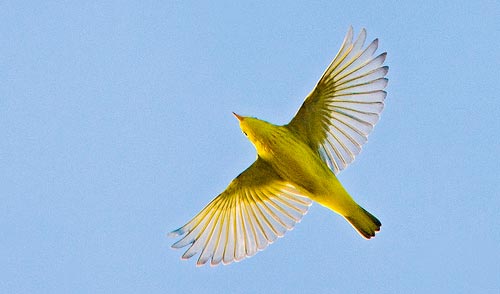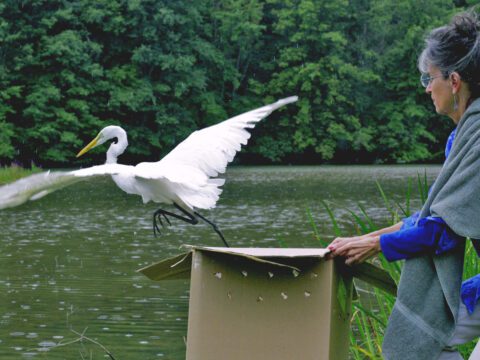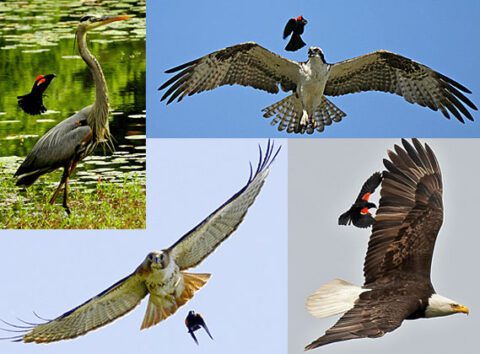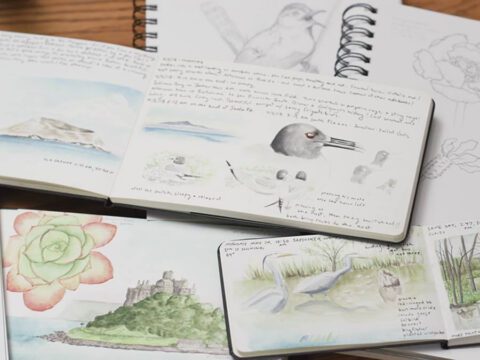Chipping Toward Fall Migration
By Lewis Grove, Cornell Lab researcher
August 26, 2009
August has a reputation for being a slow month for woodland birding. The dawn chorus has dried up into just a trickle of singing—a vireo here, a warbler there—and it’s nothing like the early morning cacophony of early summer.
But there are still plenty of birds—and even some genuine migration—filling the quiet woodlands of August.
You might think fall migration is still a month or more off, along with changing leaves and frosty mornings, but the great movement starts just after the summer solstice. Shorebirds take off from the rocky arctic coasts; Broad-winged Hawks drift lazily south from the boreal forest; and songbirds, those ebullient vocalists who fill our spring and early summer mornings, begin to long for warmer climes. Many are embarking on their first fall migration, heading for locales they’ve never seen and relying on instincts honed over millions of generations.
Of course, most of the action happens at night, where it’s hard to see but easy—and fascinating—to hear. Last spring on this blog we began listening to some of the nocturnal flight calls of migration. And while spring is a perfectly fine time to start in on flight calls, the real action is now.
For the next few months the traffic over our heads will pick up tremendously. A river of birds will fly south, swollen with millions of young-of-the-year. Some nights may resemble a noisy highway, with hundreds of flight calls streaming down per hour.
For more than two weeks already, observers around the country have been hearing big flights of Yellow Warblers, Veeries, and Chipping, Brewer’s, and Vesper sparrows. This fall we’ll highlight commonly heard species and give you tips on when, where, and how to best appreciate the wonder of nocturnal migration. It can be a bit daunting at first, as unidentified short calls drift down from a dark sky; but once you’ve grasped it, we think you’ll agree that it’s the best way to appreciate an amazing natural phenomenon!
New to the world of flight calls? Get up to speed with audio and video tutorials from last spring’s migration:
Let’s Go Birding!… At Night… Blindfolded and
How to See a Sound That’s a Half-Second Long,
and check back regularly this fall for the latest on what’s flying over your house.

All About Birds
is a free resource
Available for everyone,
funded by donors like you
American Kestrel by Blair Dudeck / Macaulay Library



